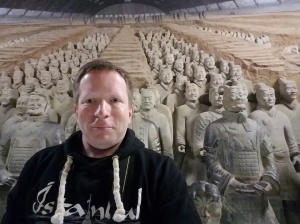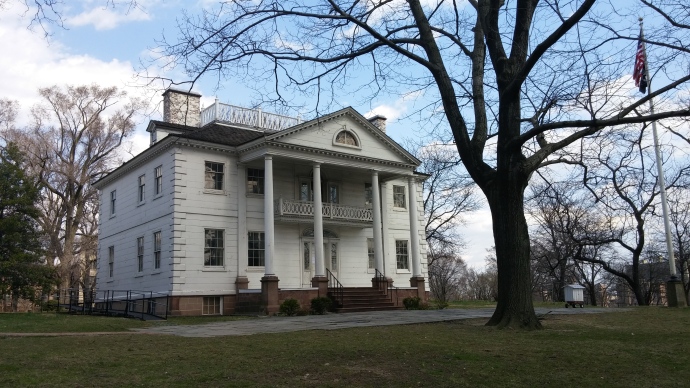 Maybe you can’t take it with you, but Qin Shi Huang (QSH) sure tried. The first emperor of a unified China, QSH directed the construction of thousands of terracotta warriors, assembled to protect him in the afterlife. This stone army — consisting of not only soldiers but also horses and even chariots — was interred with him in a vast necropolis when he departed from the mortal world in 210 or 209 B.C.
Maybe you can’t take it with you, but Qin Shi Huang (QSH) sure tried. The first emperor of a unified China, QSH directed the construction of thousands of terracotta warriors, assembled to protect him in the afterlife. This stone army — consisting of not only soldiers but also horses and even chariots — was interred with him in a vast necropolis when he departed from the mortal world in 210 or 209 B.C.
Eventually the burial site was lost to history, and it remained no more than the stuff of legend for over two millennia. Then, in 1974, QSH’s terracotta protection force was serendipitously discovered by a group of farmers who were digging for a well in what is today the city of Xi’an. The archaeological site has become a museum complex where you can explore some of the massive pits that have been unearthed, and view the terracotta fighting units arrayed therein.
When I made my first voyage to China in May 2016, an excursion to Xi’an was on the agenda, principally so that I could view the terracotta army — although Xi’an is actually a city of nearly 9 million inhabitants that offers a variety of attractions. Because I was there for one main reason, I hadn’t alotted much time for the city, and consequently I didn’t see very much of Xi’an’s other points of interest. Here’a an account of my activities during my two night stay. Continue reading








